Wheels & Tyres
Wheels & Tyres
Connecting Your Vehicle To The Track
When it comes to maximising track performance, wheel and tyre choice is critical! As the only point of contact with the tarmac changes made here can have an impact that far outweighs engine modifications in terms of your enjoyment and the performance of your car on track. In order to help you understand the various upgrades that can be made we have discussed some key points here.
Spacers
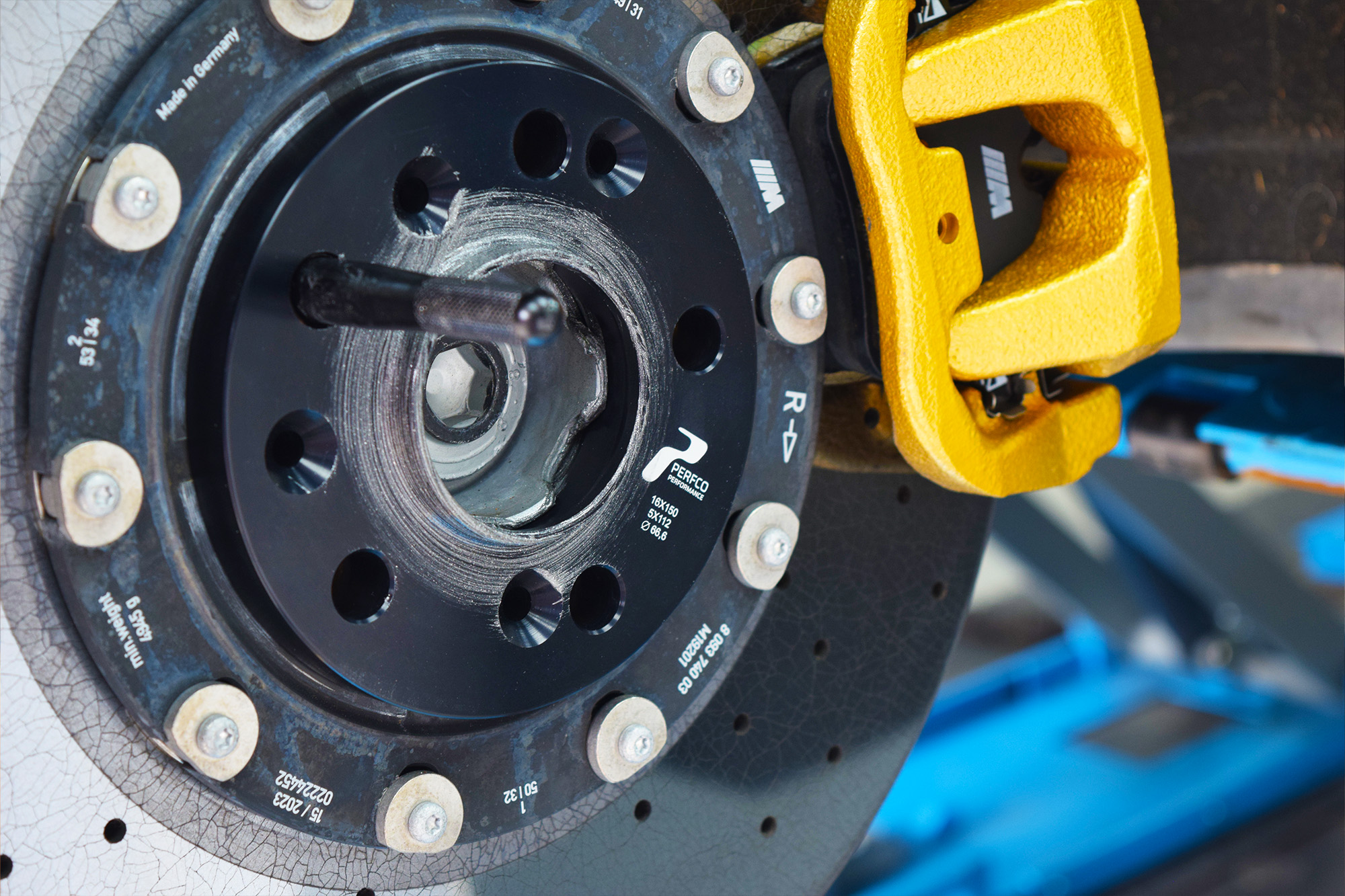
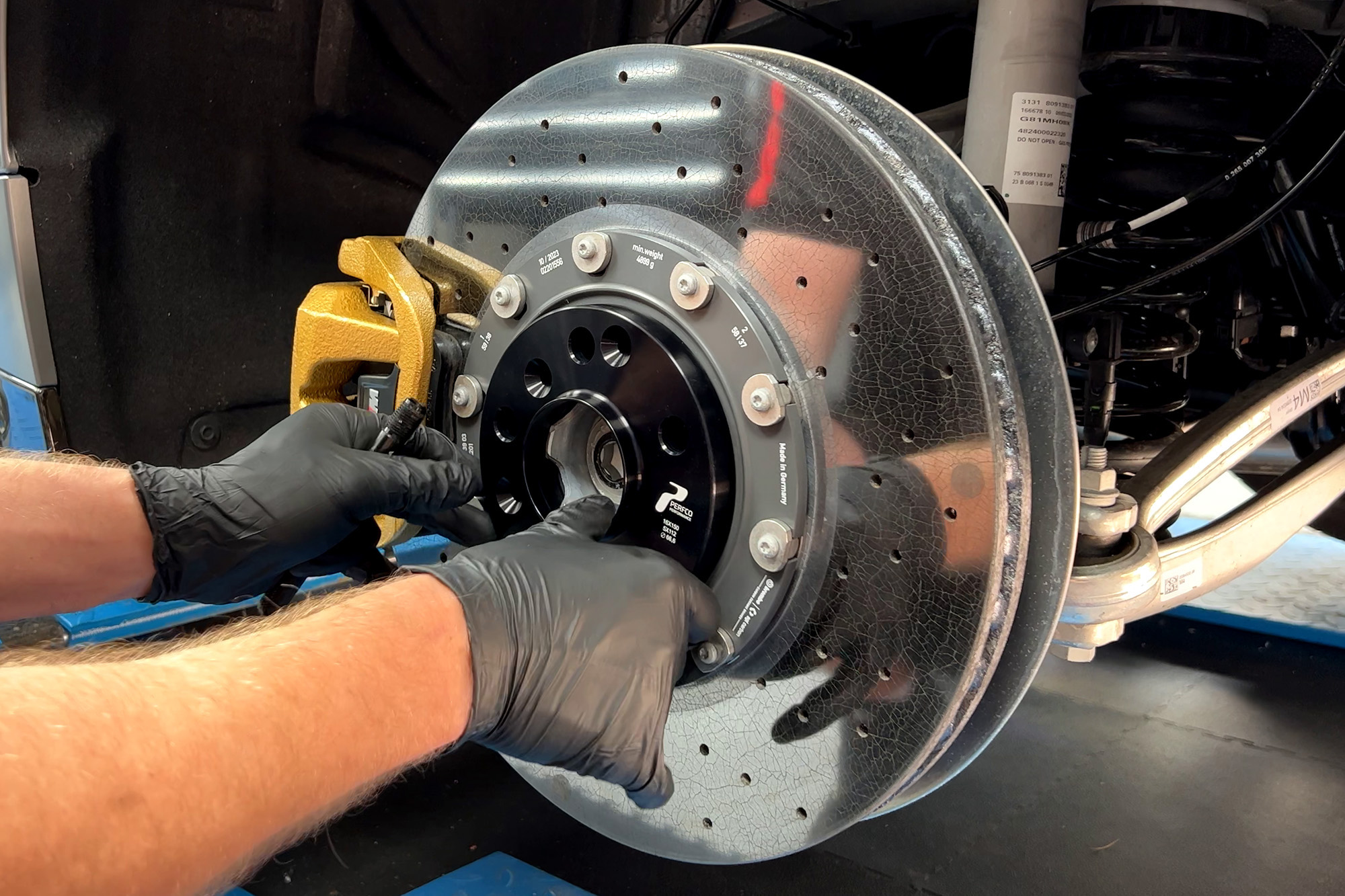
There are several benefits to having wheel spacers fitted to your track car:
–Increased track width: Using wheel spacers to increase track width can enhance the car’s stability and handling characteristics providing better cornering grip, reduction in body roll, and improved overall stability during high-speed circuit driving.
–Improved clearance and wheel fitment: When it comes to modified track cars, especially ones which are lowered, it’s common for wheel spacers to be used to provide clearance for wider wheels or tyres avoiding interference with aftermarket brakes and suspension or car bodywork.
For safety reasons and exacting fitment, we recommend only using hubcentric wheel spacers which retain the factory dimension wheel spigot ensuring a direct connection between wheel and car. When it comes to deciding what spacer is right for your needs, Carbonwurks can help to determine the right parts based on make, model and specification of your car and wheels.
Our recommend brands for spacer upgrades
Stud & Nut
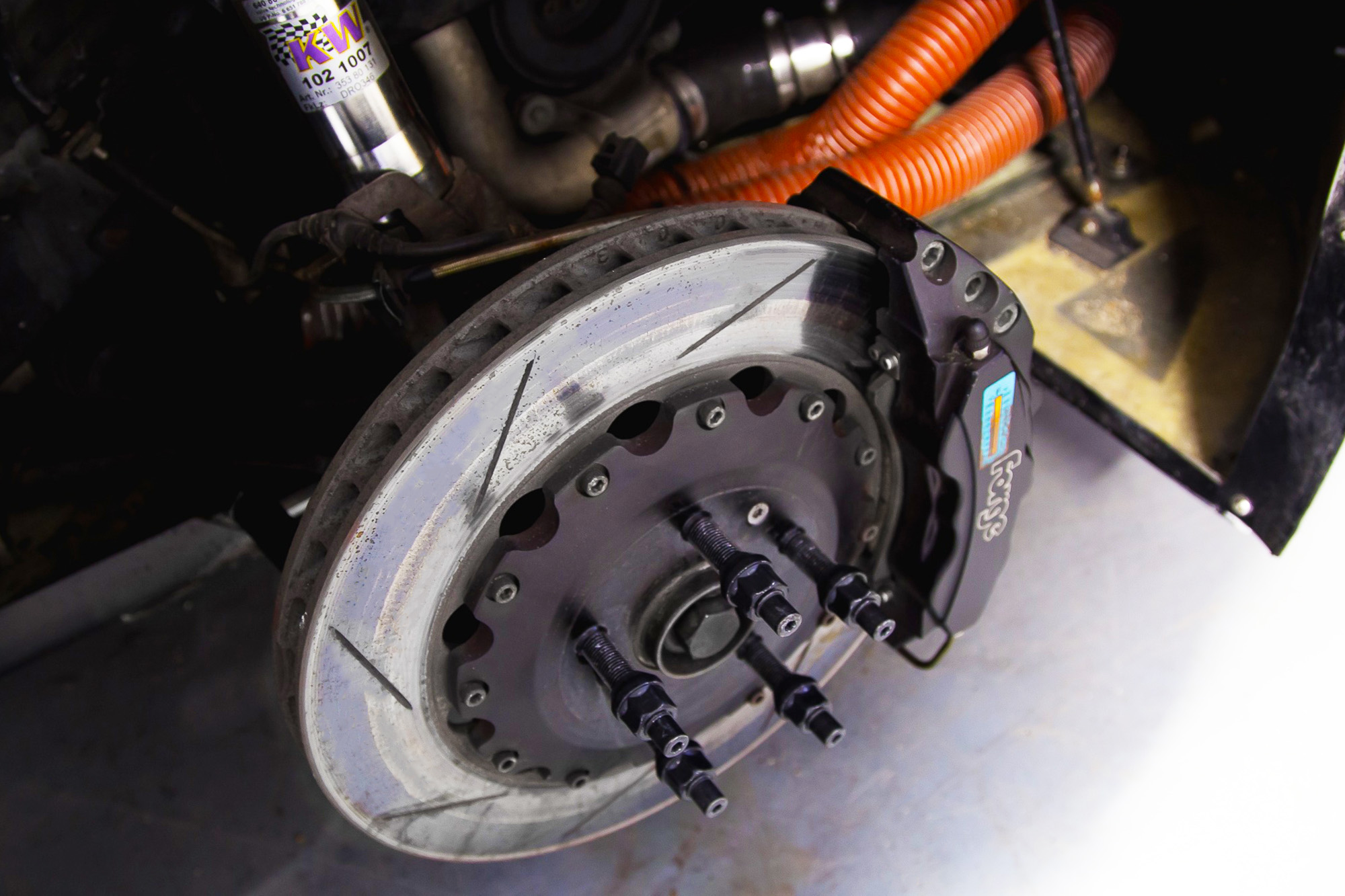
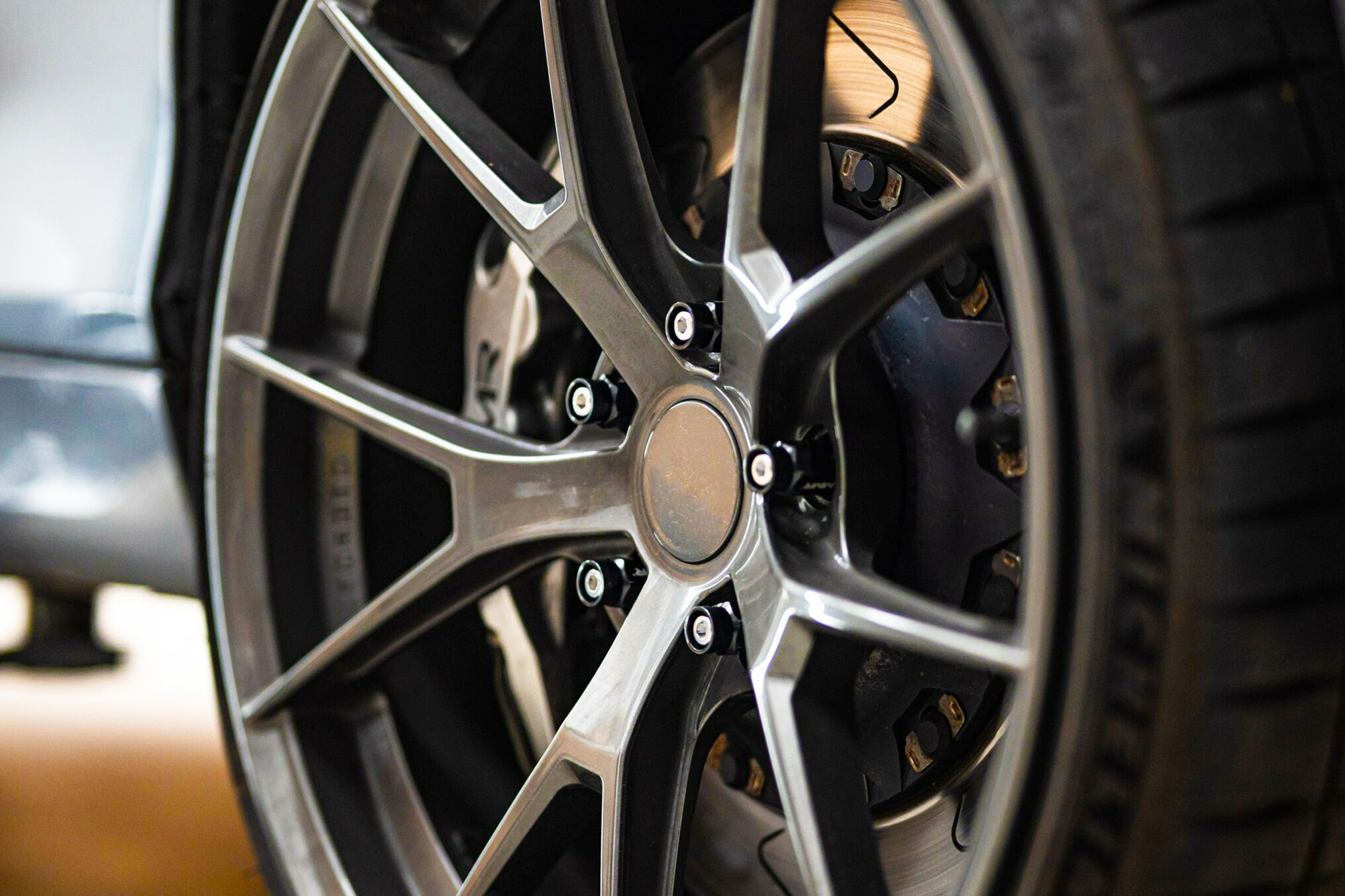
Converting to stud and nut fixings for securing the wheels to a track car is a common, cost effective and quick modification that can help prepare your vehicle to go out on circuit and boasts the following benefits:
– Makes fitting / re fitting wheels MUCH easier and quicker.
– Lighter and stronger fixing method.
– Prevents you from cross threading your original wheel bolts/hubs.
– By opting for a longer wheel stud, various size spacers can be used with the same stud kit.
It’s worth noting that proper installation and torquing of a stud and nut kit is crucial to ensure its effectiveness and safety – at Carbonwurks we can advise you on the correct specification of kit to suit your car’s needs and for complete piece of mind offer an installation service here in our workshop.
Our recommend brands for stud & nut upgrades
Wheels
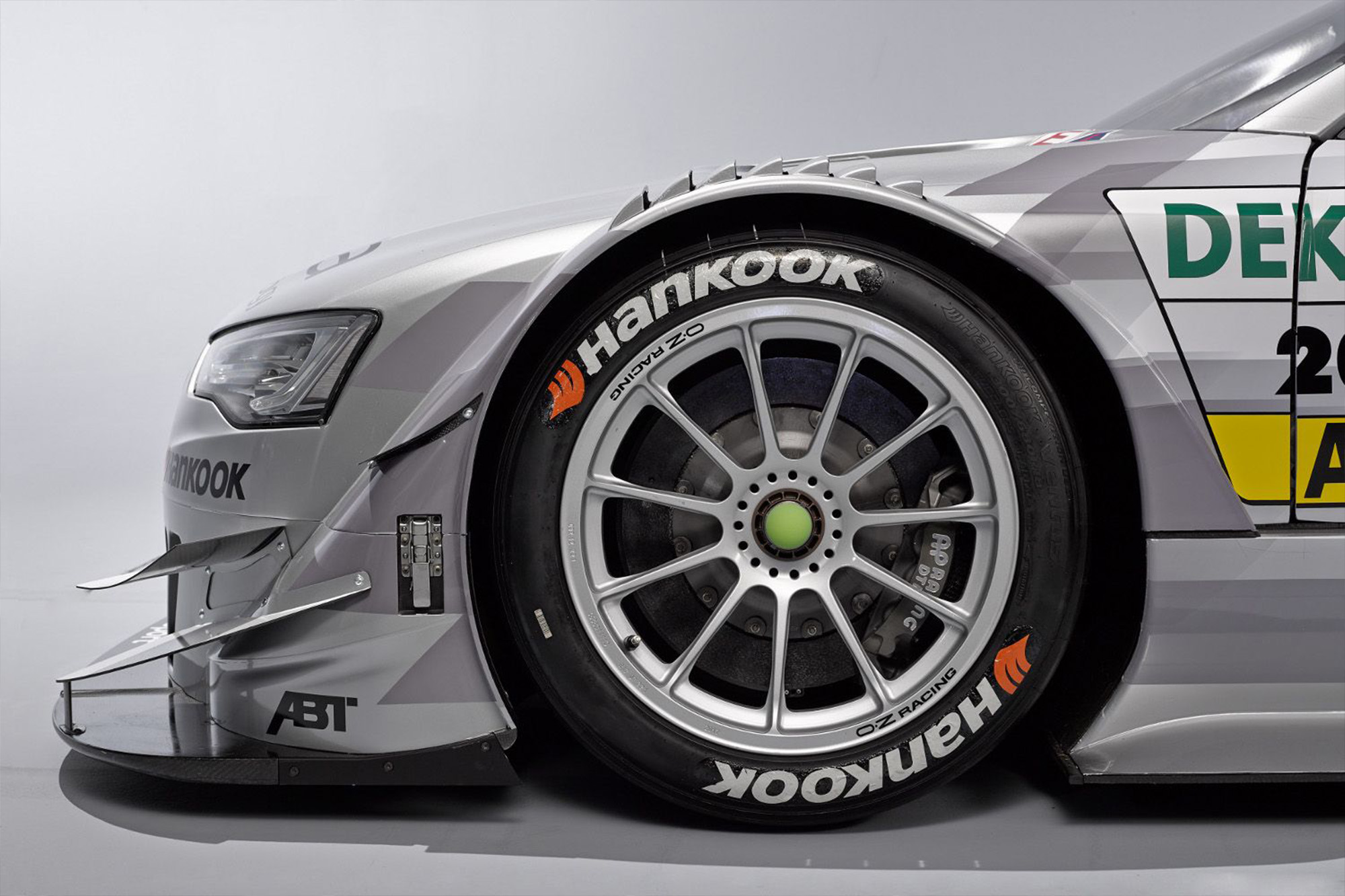
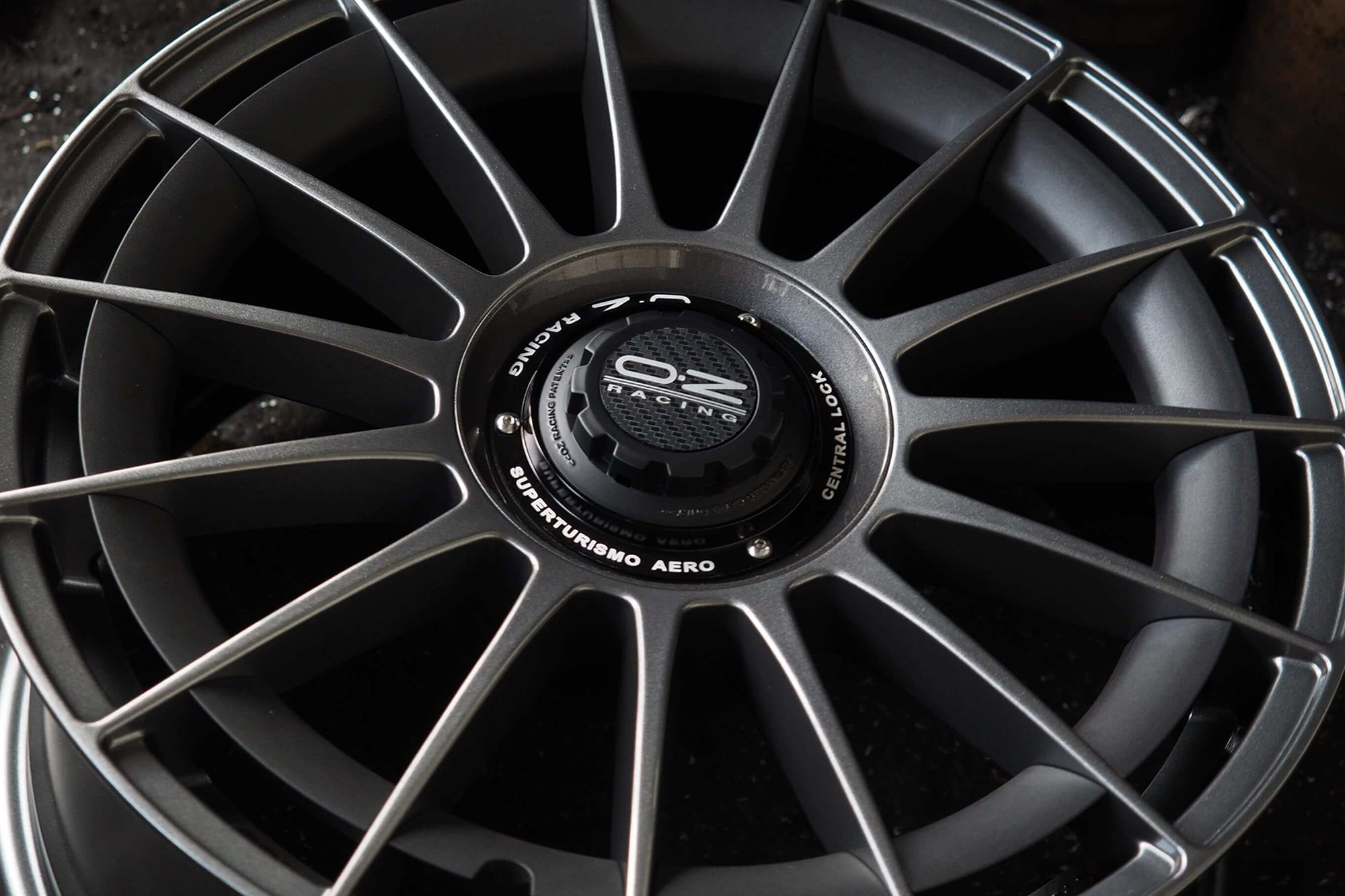
The right wheels can significantly improve the performance and handling of the vehicle on track. Here are some key considerations and options to explore:
1. Lightweight Wheels: One of the most crucial factors for track performance is reducing unsprung weight. Lightweight wheels can improve acceleration, braking, and overall handling. Materials like forged aluminium or carbon fibre are commonly used to achieve weight reduction without compromising strength. These wheels offer improved responsiveness and can enhance the car’s agility on the track.
2. Wheel Size and Width: Choosing the right wheel size and width is essential for optimizing performance. Wider wheels allow for a larger contact patch, which can improve grip and stability during cornering and more rubber on the ground aiding braking performance. However, it’s important to ensure that the wheel size and width are compatible with the car’s suspension and tyre specifications.
3. Offset and Backspacing: The offset and backspacing of the wheels determine how far they sit within the wheel well. A lower offset pushes the wheels outward, increasing track width and stability. However, extreme offsets can lead to clearance issues or interfere with suspension components. It’s crucial to strike a balance between improved handling and maintaining proper clearance.
Armed with your vehicle specifics (make, model & modifications) Carbonwurks can help you choose the right wheel size, material, width, offset, and other specifications that align with your performance goals and budget.
Our recommend brands for wheel upgrades
Tyres
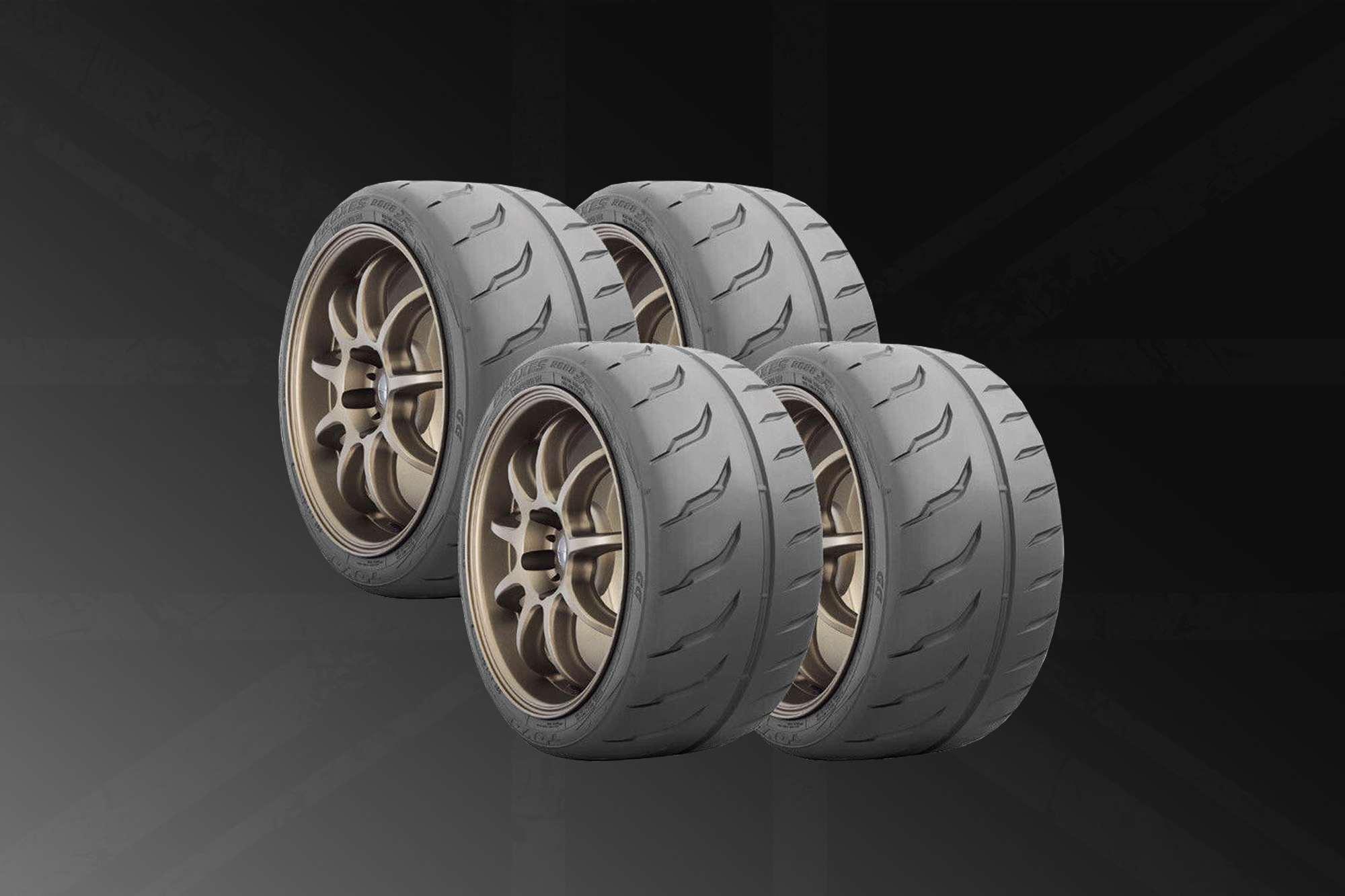
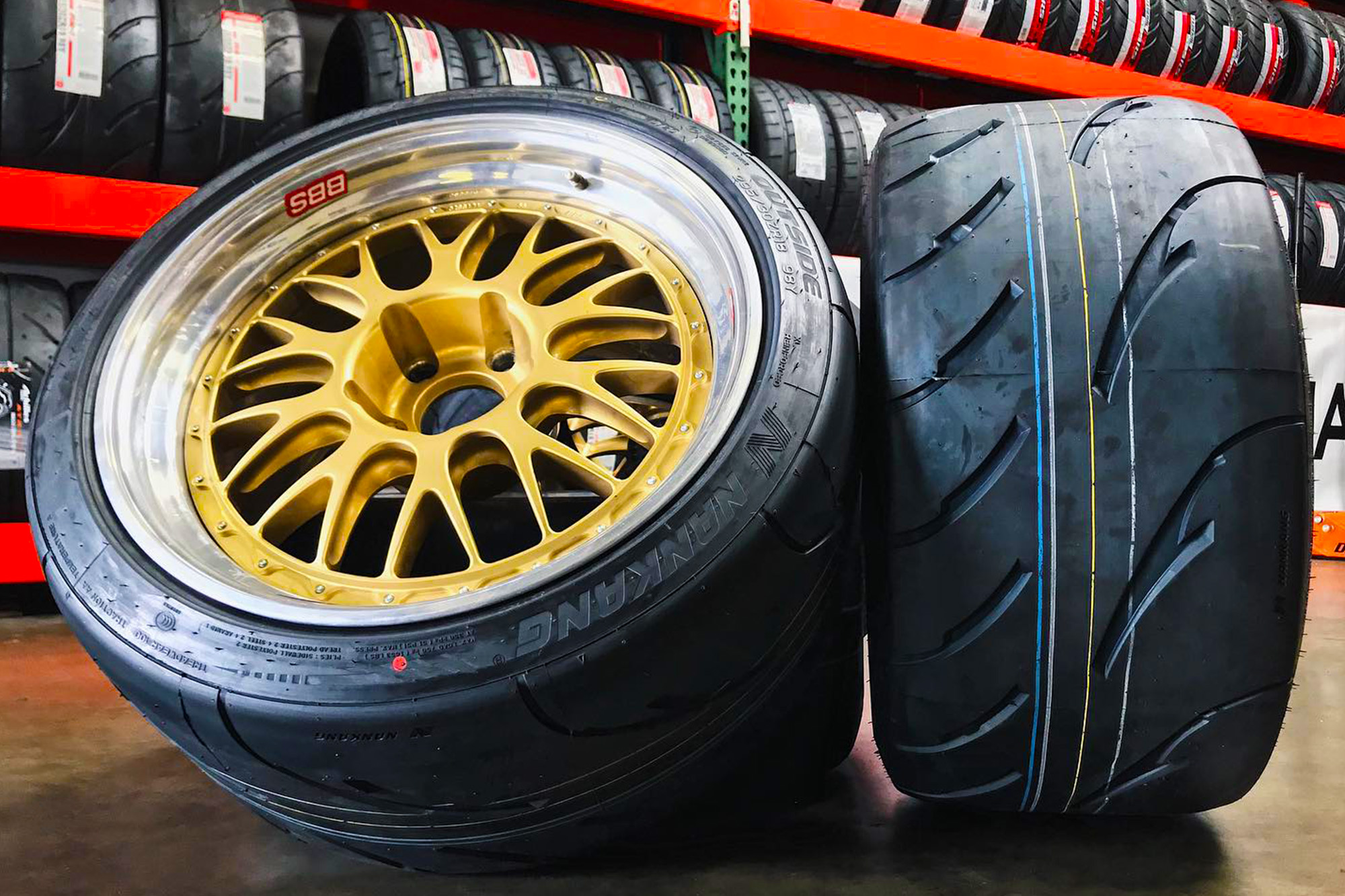
Tyres are a particularly broad subject that has significant implications for performance, safety and enjoyment on track. Ultra-High Performance (UHP) tyres are specifically designed to enhance the handling of vehicles on circuit. Here are some key features that make performance tyres better suited for track use:
1. Grip: Performance tyres are engineered to provide maximum grip on the road surface. They use specialized rubber compounds that offer superior traction, allowing the tyres to maintain better contact with the track. This increased grip translates to improved acceleration, braking, and cornering capabilities.
2. Tread Design: Performance tyres often have a more aggressive tread pattern compared to regular road tyres. The tread design is optimized to provide better water dispersion and reduce the risk of hydroplaning in wet conditions. Additionally, the tread pattern helps to generate more heat, which is beneficial for track use as it keeps the tyres at an optimal operating temperature.
3. Stiffer Sidewalls: Track tyres typically have stiffer sidewalls, which helps to improve the tyre’s responsiveness and stability during high-speed cornering. The stiffer sidewalls reduce sidewall flex, allowing for more precise steering inputs and better control.
4. Heat Resistance: Track driving generates a significant amount of heat in the tyres due to the increased friction. Performance tyres are designed to withstand these extreme temperatures without compromising their grip and performance. They have heat-resistant compounds and construction that can handle the demands of intense track sessions.
5. Performance Feedback: Performance tyres provide better feedback to the driver, allowing them to have a better understanding of the tyre’s limits and behaviour. This feedback helps drivers make more informed decisions and adjustments while pushing the limits of their vehicle on the track.
It’s important to note that performance tyres are optimized for track use and may not perform as well in everyday driving conditions. Additionally, their lifespan may be shorter due to the softer rubber compounds used and less tread depth. Regular inspection, maintenance, and proper tyre care are essential to ensure optimal performance and longevity.


















